Your cart is currently empty!
Tag: Demands
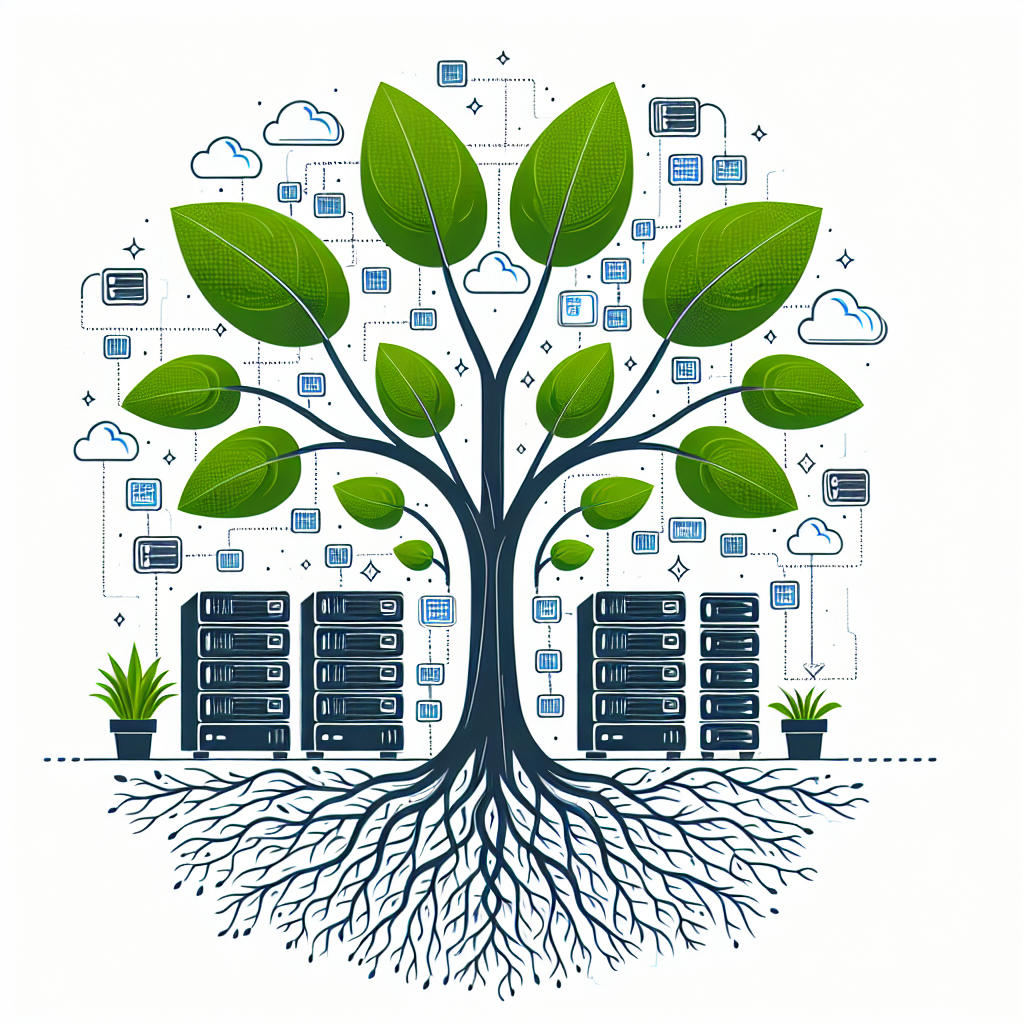
Scalable Storage Solutions for Growing Data Center Demands
As data centers continue to expand and process larger amounts of data, the need for scalable storage solutions has become increasingly critical. With the rapid growth of data being generated by businesses and organizations, traditional storage systems are often unable to keep up with the demand. This is where scalable storage solutions come into play, providing the flexibility and capacity needed to accommodate growing data center demands.One of the key benefits of scalable storage solutions is their ability to easily expand and adapt to changing storage requirements. Whether it’s adding more storage capacity, increasing performance, or improving data accessibility, scalable storage solutions can be configured to meet the specific needs of a data center. This flexibility allows businesses to scale their storage infrastructure as needed, without the need for costly and time-consuming hardware upgrades.
Another advantage of scalable storage solutions is their cost-effectiveness. By only paying for the storage capacity and performance that is actually needed, businesses can avoid overspending on unnecessary hardware. This pay-as-you-go model allows organizations to scale their storage infrastructure in a cost-efficient manner, making it a more sustainable option for growing data center demands.
Additionally, scalable storage solutions offer improved data management capabilities, allowing businesses to efficiently store, access, and protect their data. With features such as data deduplication, replication, and automated tiering, scalable storage solutions can help optimize data storage and retrieval processes, enhancing overall data center performance.
Furthermore, scalable storage solutions can also improve data center reliability and availability. By incorporating redundancy and failover mechanisms, businesses can ensure that their data remains accessible and secure at all times, even in the event of hardware failures or disasters.
In conclusion, scalable storage solutions are an essential component of modern data centers, providing the flexibility, efficiency, and reliability needed to support growing data center demands. By implementing scalable storage solutions, businesses can effectively manage their data growth, optimize storage resources, and enhance overall data center performance. With the right scalable storage solution in place, organizations can future-proof their storage infrastructure and ensure that they are able to meet the evolving needs of their data center.
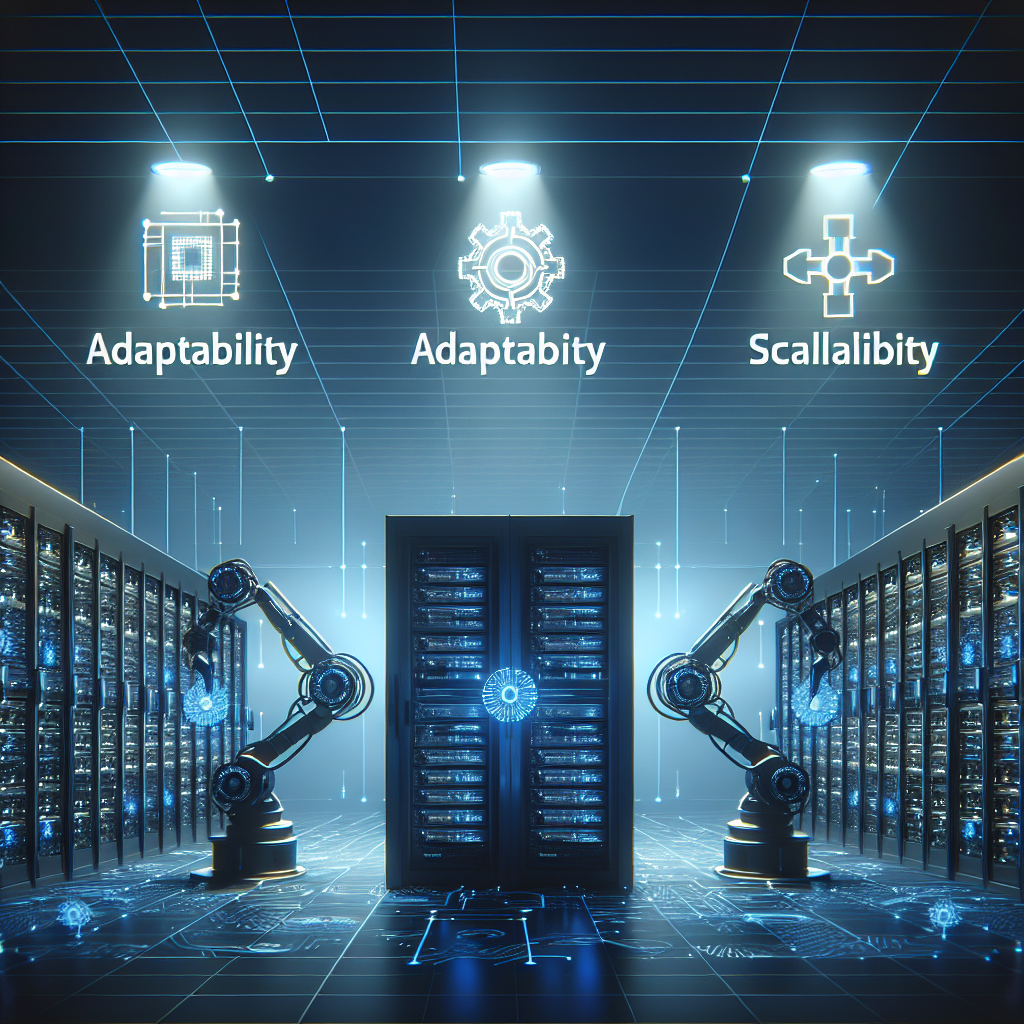
Scalability and Flexibility: How Data Center Servers Are Adapting to Changing Demands
In today’s fast-paced digital world, data centers play a crucial role in storing, processing, and managing vast amounts of data. With the exponential growth of data being generated from various sources like social media, IoT devices, and online transactions, data centers are constantly facing the challenge of adapting to changing demands.One of the key factors in ensuring the efficient operation of a data center is scalability and flexibility. Scalability refers to the ability of the data center servers to handle an increasing workload without sacrificing performance. Flexibility, on the other hand, refers to the ability of the servers to adapt to different types of workloads and requirements.
To meet the ever-changing demands of data processing, data center servers are constantly evolving to become more scalable and flexible. One of the ways in which servers are adapting is through the use of virtualization technology. Virtualization allows multiple virtual servers to run on a single physical server, thereby increasing the server’s capacity and flexibility.
Another trend in data center server technology is the use of cloud computing. Cloud computing allows data center servers to access resources and services over the internet, making it easier to scale up or down based on demand. This flexibility allows data centers to optimize their resources and reduce costs without compromising performance.
Moreover, data center servers are also leveraging technologies like software-defined networking (SDN) and software-defined storage (SDS) to improve scalability and flexibility. SDN enables data center administrators to dynamically allocate network resources based on workload requirements, while SDS allows for the efficient management of storage resources.
With the increasing demand for data processing and storage, data center servers must continue to adapt and evolve to meet these changing demands. By investing in scalable and flexible server technologies, data centers can ensure that they are well-equipped to handle the challenges of the digital age.

PG-145 CL-146 Ink Cartridge Compatible for Canon PIXMA IP2820 MX491 MG2410 2510 2910 3010 PIXMA TS201 301 3110 TR4510 Printers,with Chip Large Printing Demands (1 Set)
Price: $70.00
(as of Dec 21,2024 08:27:36 UTC – Details)Designed for offices with high printing demands, the PG-145 CL-146 Ink cartridge offers exceptional compatibility with Canon PIXMA IP2820 MX491 MG2410 2510 2910 3010 PIXMA TS201 301 3110 TR4510 printers.
Rest assured that our Ink cartridge delivers stable and high-quality print output every time. Whether you’re printing documents, presentations, or photos, you can trust our product to provide consistent results that meet your professional standards.
Excellent Page Yield
Each Ink cartridge boasts an impressive printing capacity of up to 280 pages of A4 paper at 5% coverage, making it an ideal choice for high-volume printing environments.
Easy Installation
Designed for quick and effortless installation, our Ink cartridge allows you to replace or upgrade parts without hassle. This efficiency saves you time, allowing you to focus on your printing needs.
Smart Chip Technology
Equipped with a smart chip, our Ink cartridge enhances your printing experience by ensuring bright print output.
Invest in the PG-145 CL-146 Ink cartridge for a printing solution that meets the demands of your office. Upgrade your printer today and enjoy top-notch print results!
Strong Compatibility: PG-145 CL-146 Ink cartridge Compatible for Canon PIXMA IP2820 MX491 MG2410 2510 2910 3010 PIXMA TS201 301 3110 TR4510 printers
Reliable Quality Assurance: Rest assured that our products can provide stable, Get great printouts every time. Whether it is a document, presentation or photo, you can trust our Ink cartridge to provide consistent results
Excellent Page Yield: Each black toner cartridge can print 280 A4 pages at 5% coverage, each color can print 240 pages
Our Ink cartridge is designed for easy installation, allowing you to quickly and easily replace or upgrade parts, saving you time. Spend more time meeting your printing needs. Put it right and you’re ready to go
The smart chip allows our Ink cartridge to bring you a bright print output experience, allowing you to save money without sacrificing quality
Are you in need of high-quality ink cartridges for your Canon PIXMA printer? Look no further than the PG-145 CL-146 Ink Cartridge Compatible for Canon PIXMA IP2820 MX491 MG2410 2510 2910 3010 PIXMA TS201 301 3110 TR4510 Printers, with Chip Large Printing Demands (1 Set).This set of ink cartridges is specifically designed to meet the demands of large printing jobs, ensuring crisp and clear prints every time. With a chip included, installation is quick and easy, allowing you to get back to printing in no time.
Don’t settle for subpar prints – upgrade to the PG-145 CL-146 Ink Cartridge Compatible for Canon PIXMA printers and experience the difference in quality. Order your set today and enjoy hassle-free printing for all your needs.
#PG145 #CL146 #Ink #Cartridge #Compatible #Canon #PIXMA #IP2820 #MX491 #MG2410 #PIXMA #TS201 #TR4510 #Printerswith #Chip #Large #Printing #Demands #Set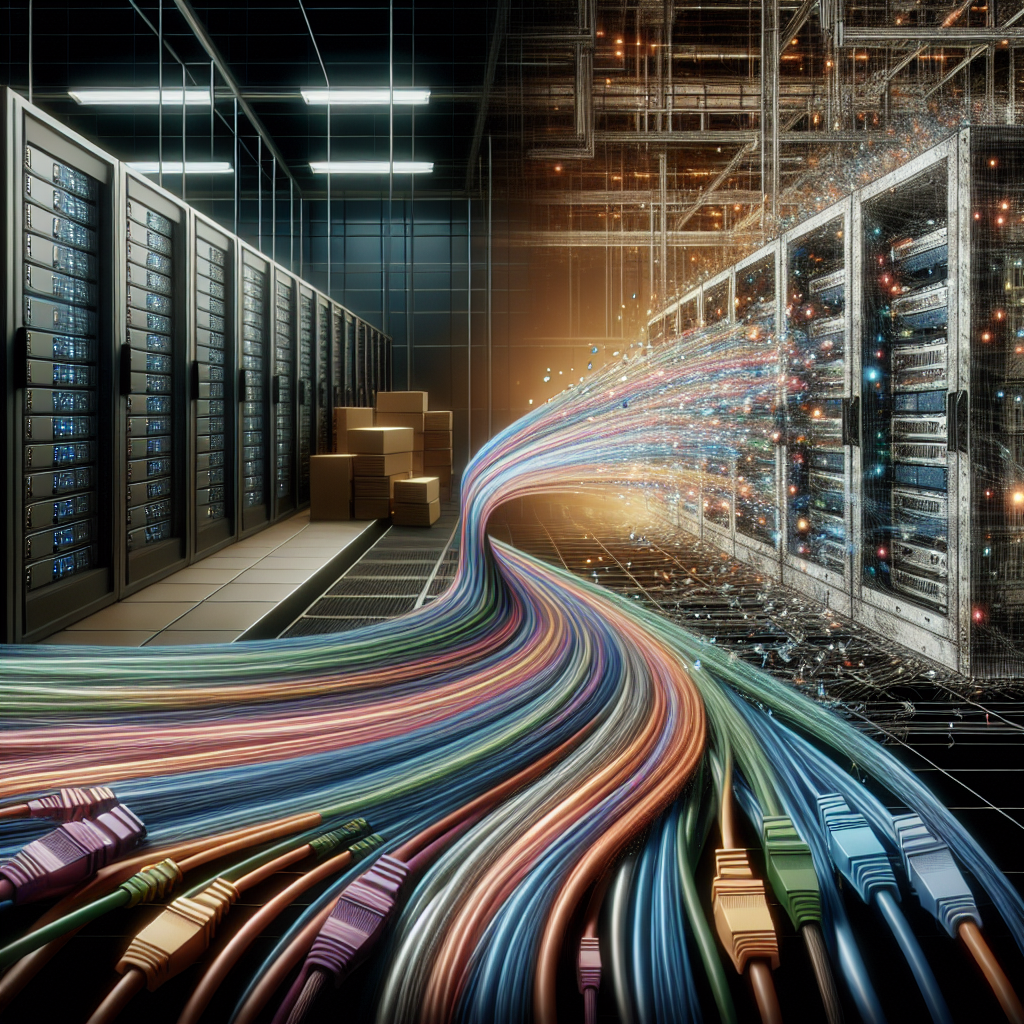
The Importance of Upgrading Legacy Data Center Networks for Modern Demands
Legacy data center networks are constantly facing new challenges as modern demands for high-speed connectivity, scalability, and security continue to evolve. In order to keep up with these demands, it is crucial for businesses to upgrade their legacy data center networks to ensure optimal performance and efficiency.One of the main reasons why upgrading legacy data center networks is important is to improve network speed and bandwidth. With the increasing amount of data being generated and transmitted across networks, legacy systems may struggle to handle the high volume of traffic. By upgrading to modern networking technologies such as Ethernet, fiber optics, and software-defined networking (SDN), businesses can increase their network speeds and bandwidth to meet the demands of today’s digital landscape.
Another key reason for upgrading legacy data center networks is to enhance scalability and flexibility. Legacy networks are often rigid and difficult to scale, making it challenging for businesses to adapt to changing requirements and accommodate growth. By implementing modern networking solutions that are more agile and scalable, businesses can easily expand their networks to support new applications, services, and users without compromising performance or security.
Security is also a major concern for businesses when it comes to legacy data center networks. Outdated networking equipment and protocols may not provide adequate protection against cyber threats and vulnerabilities, putting sensitive data and critical assets at risk. Upgrading to modern security technologies such as firewalls, intrusion detection systems, and encryption can help businesses strengthen their network defenses and safeguard against cyber attacks.
Furthermore, upgrading legacy data center networks can also lead to cost savings in the long run. Legacy systems are often more expensive to maintain and operate due to their outdated hardware and software components. By investing in modern networking solutions, businesses can reduce maintenance costs, improve energy efficiency, and streamline network management, ultimately leading to lower operational expenses and higher ROI.
In conclusion, the importance of upgrading legacy data center networks for modern demands cannot be overstated. By enhancing network speed, scalability, security, and cost efficiency, businesses can ensure that their data center networks are equipped to handle the evolving needs of today’s digital world. To stay competitive and future-proof their infrastructure, businesses must prioritize upgrading their legacy data center networks to support the demands of tomorrow.
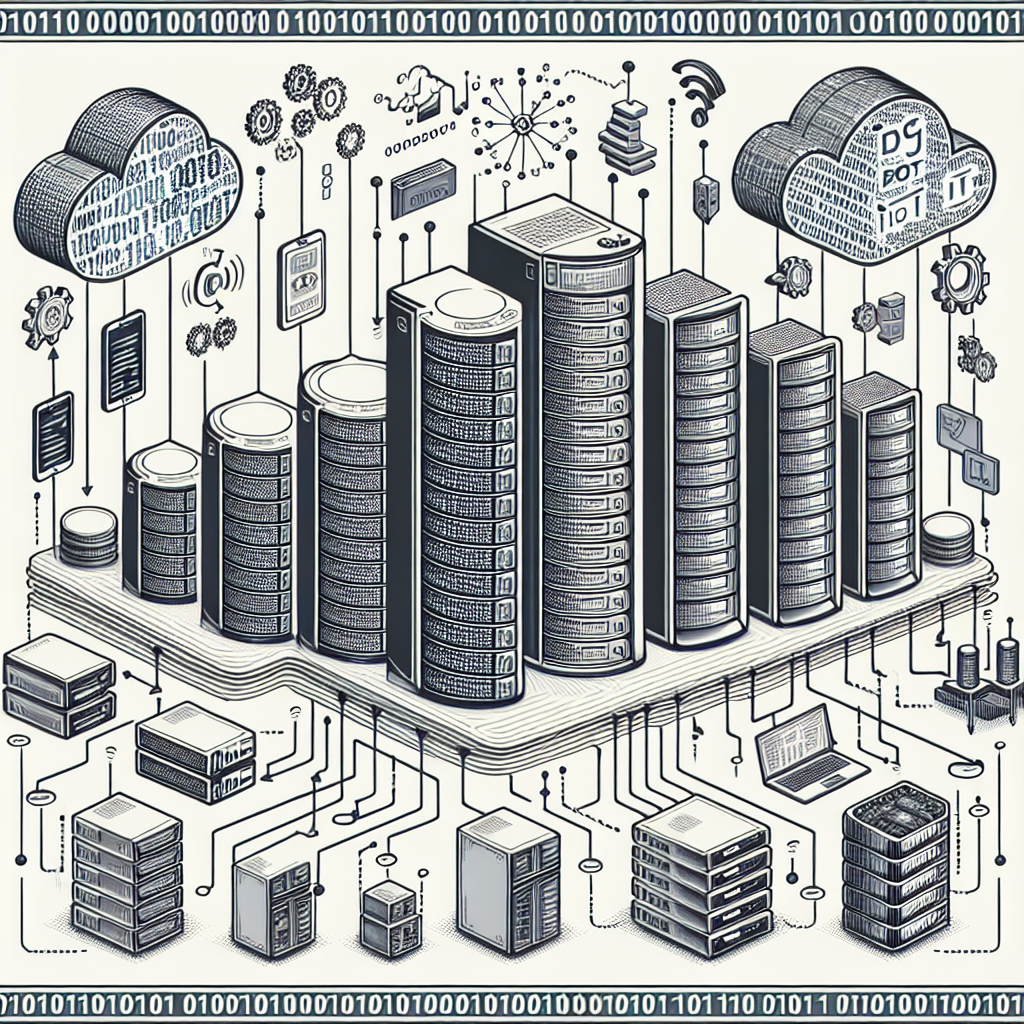
How Data Center Servers are Evolving to Meet the Demands of Big Data and IoT
In today’s digital age, the amount of data being generated and processed is growing exponentially. With the rise of Big Data and the Internet of Things (IoT), businesses and organizations are faced with the challenge of managing and analyzing massive volumes of data in real-time. This has put a strain on traditional data center servers, which were not designed to handle such high workloads.To meet the demands of Big Data and IoT, data center servers are evolving rapidly. One of the key trends in server technology is the shift towards high-performance computing (HPC) servers. HPC servers are designed to handle complex computations and process large amounts of data quickly and efficiently. These servers typically have multiple processors, high-speed memory, and fast storage systems to ensure optimal performance.
Another trend in server technology is the move towards software-defined servers. Software-defined servers are virtualized servers that can be dynamically reconfigured and optimized based on workload requirements. This flexibility allows organizations to scale their server infrastructure up or down as needed, without the need for physical hardware upgrades.
In addition, data center servers are also becoming more energy-efficient. With the increasing cost of electricity and the environmental impact of data centers, energy efficiency has become a top priority for server manufacturers. Many new servers are designed to consume less power while still delivering high performance, helping organizations reduce their carbon footprint and lower operating costs.
Security is another key consideration in the evolution of data center servers. With the growing threat of cyber attacks and data breaches, server manufacturers are incorporating advanced security features into their products. This includes encryption technologies, secure boot processes, and hardware-based security mechanisms to protect sensitive data from unauthorized access.
Overall, the evolution of data center servers is driven by the need to meet the demands of Big Data and IoT. As data volumes continue to grow, organizations must invest in server technology that can handle the increasing workload and offer high performance, flexibility, energy efficiency, and security. By staying abreast of the latest server trends and technologies, businesses can ensure their data center infrastructure is equipped to handle the challenges of the digital age.
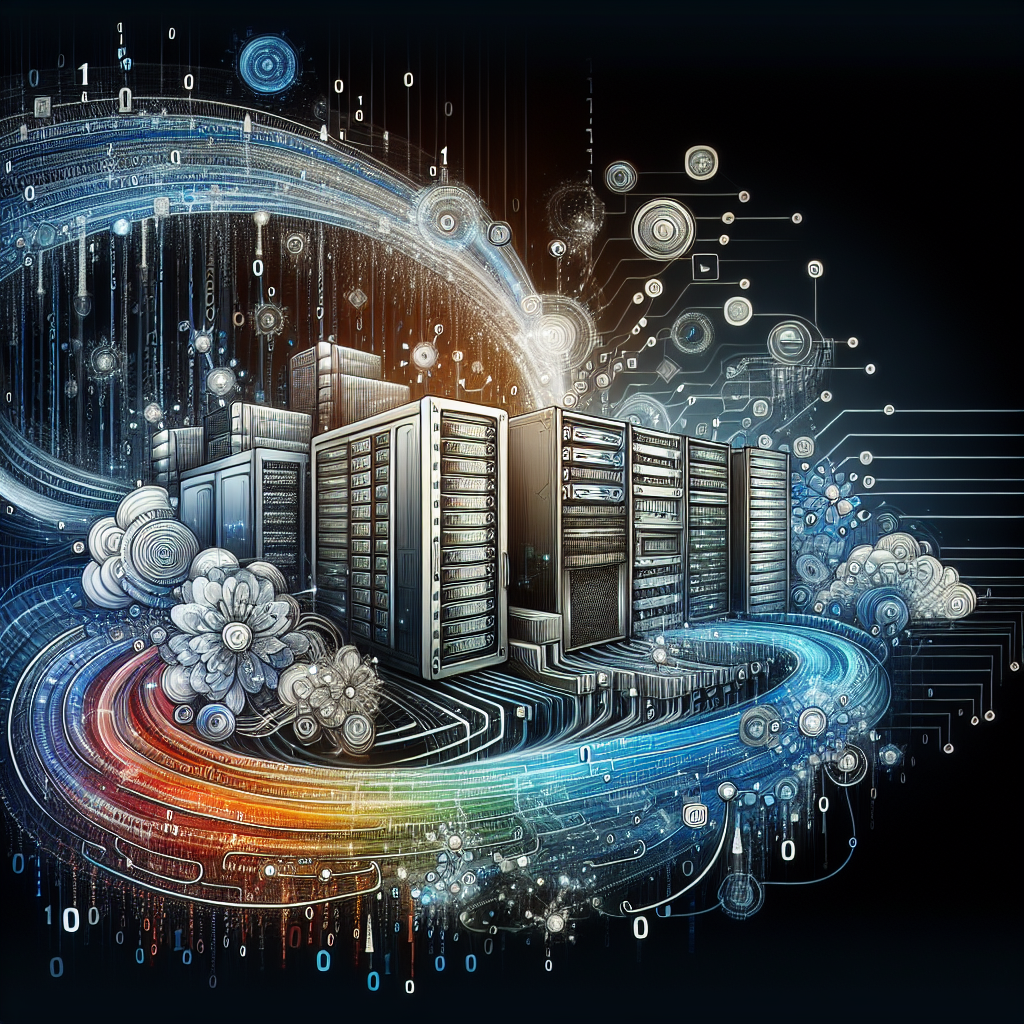
Beyond downtime: How data center business continuity strategies are evolving to meet the demands of today’s digital landscape
In today’s digital landscape, data centers play a crucial role in ensuring the smooth operation of businesses and organizations. From storing important data to facilitating communication and collaboration, data centers are the backbone of modern operations. However, with the increasing reliance on technology, the need for data center business continuity strategies has never been more important.Traditionally, data centers have focused on minimizing downtime through robust disaster recovery plans and redundancy measures. However, as the digital landscape continues to evolve, data center business continuity strategies are also changing to meet the demands of today’s interconnected world.
One of the key trends in data center business continuity strategies is the shift towards proactive monitoring and predictive maintenance. Instead of waiting for a disaster to strike, data centers are now using advanced analytics and machine learning algorithms to anticipate potential issues and address them before they become critical. This proactive approach not only helps to minimize downtime but also improves the overall efficiency and performance of data center operations.
Another important aspect of evolving data center business continuity strategies is the focus on cybersecurity. With the rise of cyber threats and attacks, data centers are now investing in robust security measures to protect their infrastructure and data. From implementing advanced encryption technologies to conducting regular security audits, data centers are taking proactive steps to safeguard their operations from potential threats.
Furthermore, data centers are also exploring new technologies such as edge computing and cloud services to enhance their business continuity strategies. By distributing computing resources closer to end-users and leveraging the scalability of cloud platforms, data centers can improve their resilience and flexibility in the face of unexpected disruptions.
Overall, the evolving nature of data center business continuity strategies reflects the increasing complexity and interconnectedness of today’s digital landscape. By embracing proactive monitoring, cybersecurity measures, and new technologies, data centers are better equipped to meet the demands of modern business operations and ensure the continuity of critical services. As technology continues to advance, data centers will need to continue to adapt and evolve their strategies to stay ahead of potential disruptions and maintain their competitive edge in the digital age.
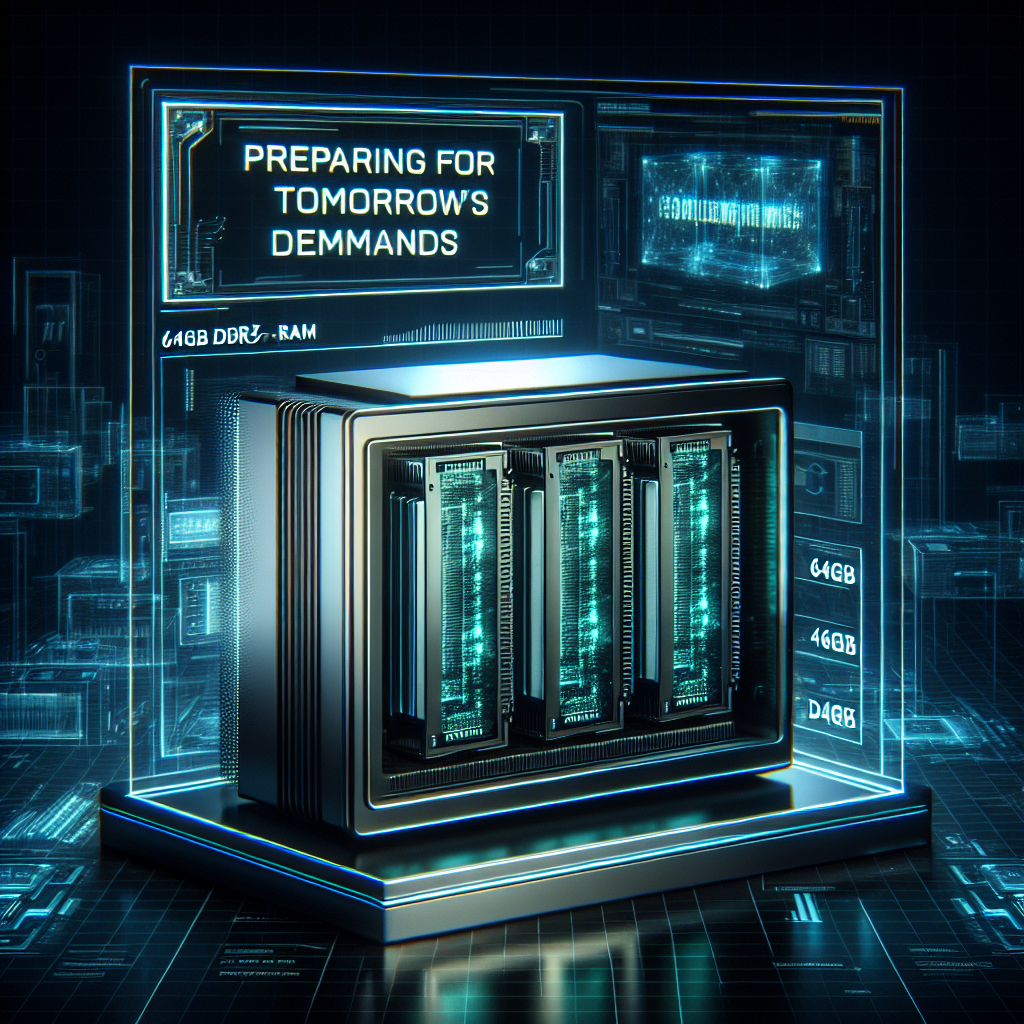
Future-proof Your System with 64GB DDR5 RAM: Preparing for Tomorrow’s Demands
In today’s fast-paced world, technology is constantly evolving and advancing at an unprecedented rate. With the increasing demands of modern software and applications, it’s more important than ever to future-proof your system to ensure optimal performance and efficiency. One key component that plays a crucial role in the performance of your system is the amount of RAM it has.RAM, or random access memory, is a type of computer memory that is used to store data that is currently being used or processed by the computer. The more RAM your system has, the more data it can store and access quickly, which leads to faster performance and smoother multitasking.
Currently, the most cutting-edge RAM technology available on the market is DDR5 RAM. DDR5 RAM is the next generation of DDR4 RAM and offers significant improvements in speed, capacity, and efficiency. With DDR5 RAM, you can expect faster data transfer speeds, higher memory capacities, and improved power efficiency compared to DDR4 RAM.
One of the biggest advantages of upgrading to DDR5 RAM is the increased memory capacity it offers. With DDR5 RAM, you can now get up to 64GB of memory in a single module, compared to the maximum of 32GB offered by DDR4 RAM. This means that you can run more demanding applications and processes simultaneously without experiencing a slowdown in performance.
Another benefit of DDR5 RAM is its improved data transfer speeds. DDR5 RAM can achieve speeds of up to 8400MT/s, which is significantly faster than the maximum speed of 3200MT/s offered by DDR4 RAM. This means that data can be transferred to and from the RAM more quickly, resulting in faster load times and better overall system performance.
In addition to increased capacity and speed, DDR5 RAM also offers improved power efficiency. DDR5 RAM operates at a lower voltage compared to DDR4 RAM, which helps to reduce power consumption and heat generation. This can lead to longer battery life for laptops and mobile devices, as well as lower energy costs for desktop systems.
By upgrading to 64GB of DDR5 RAM, you can future-proof your system and ensure that it can meet the demands of tomorrow’s software and applications. Whether you’re a gamer, content creator, or professional user, having ample RAM is essential for achieving optimal performance and productivity.
In conclusion, DDR5 RAM is the future of memory technology, and upgrading to 64GB of DDR5 RAM can provide you with the performance and efficiency you need to stay ahead of the curve. So don’t wait, invest in DDR5 RAM today and future-proof your system for tomorrow’s demands.
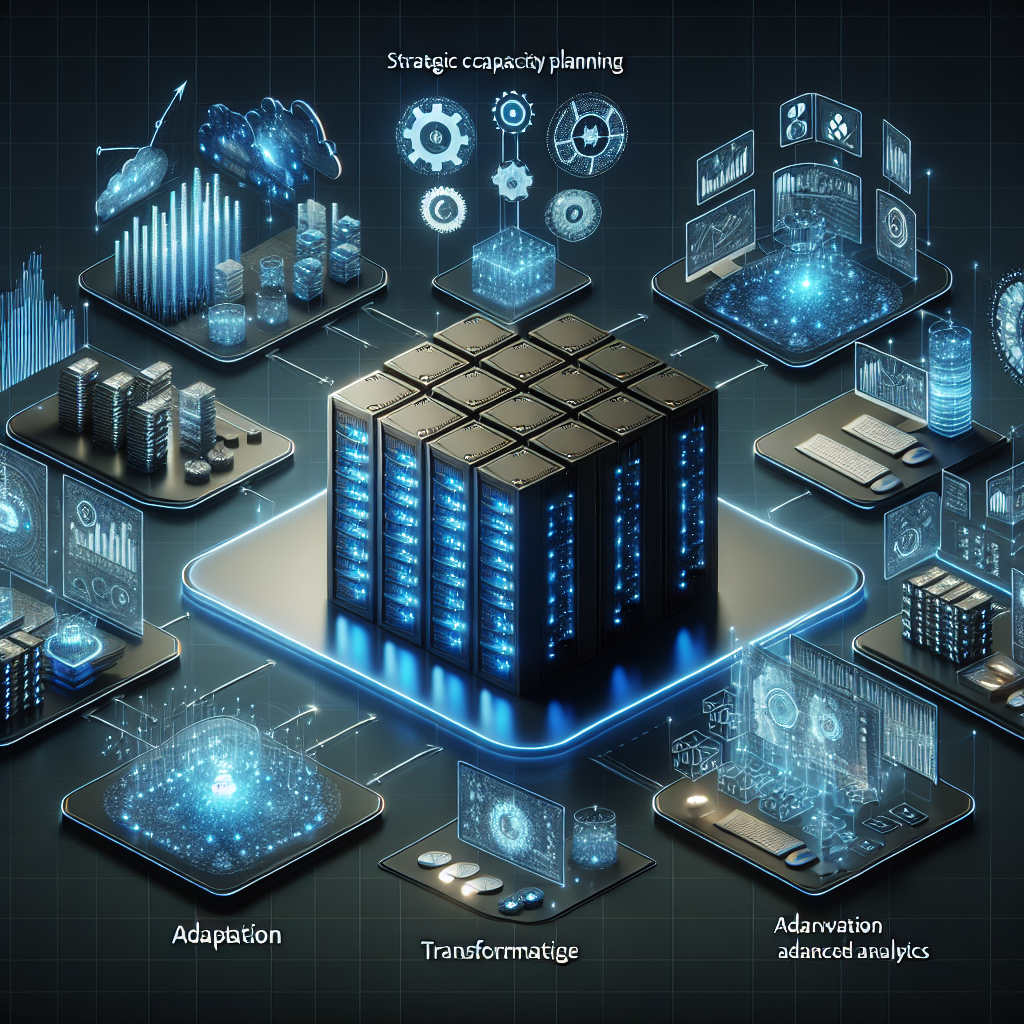
Future-Proofing Your Data Center with Strategic Capacity Planning: Anticipating and Adapting to Changing Demands
In today’s rapidly evolving digital landscape, data centers play a crucial role in ensuring the smooth operation of businesses of all sizes. With the increasing reliance on data and the growing demand for storage and processing power, it’s more important than ever for organizations to future-proof their data centers through strategic capacity planning.Strategic capacity planning involves anticipating and adapting to changing demands by carefully analyzing current and projected needs, and then implementing scalable solutions to accommodate future growth. By taking a proactive approach to capacity planning, organizations can avoid costly downtime, ensure optimal performance, and maintain a competitive edge in today’s data-driven economy.
One of the key factors to consider when future-proofing a data center is scalability. As data volumes continue to increase and technology advances at a rapid pace, organizations must be prepared to scale up or down as needed. This means investing in infrastructure that can easily accommodate growth without disruption, such as modular data center designs, cloud-based services, and virtualization technologies.
Another important aspect of strategic capacity planning is efficiency. By optimizing resource utilization and reducing energy consumption, organizations can lower operating costs and minimize their environmental footprint. This can be achieved through data center consolidation, server virtualization, and implementing energy-efficient cooling systems.
In addition to scalability and efficiency, organizations must also consider the security and reliability of their data centers. With the growing threat of cyberattacks and the potential for hardware failures, it’s essential to implement robust security measures and redundant systems to protect critical data and ensure uninterrupted operation.
By taking a holistic approach to capacity planning, organizations can future-proof their data centers and stay ahead of the curve in today’s fast-paced business environment. By investing in scalable, efficient, and secure infrastructure, organizations can ensure that their data center can adapt to changing demands and support their growth for years to come.
In conclusion, future-proofing your data center with strategic capacity planning is essential for organizations looking to stay competitive in today’s digital economy. By anticipating and adapting to changing demands, optimizing efficiency, and ensuring security and reliability, organizations can ensure that their data center remains a valuable asset that supports their business goals and objectives.
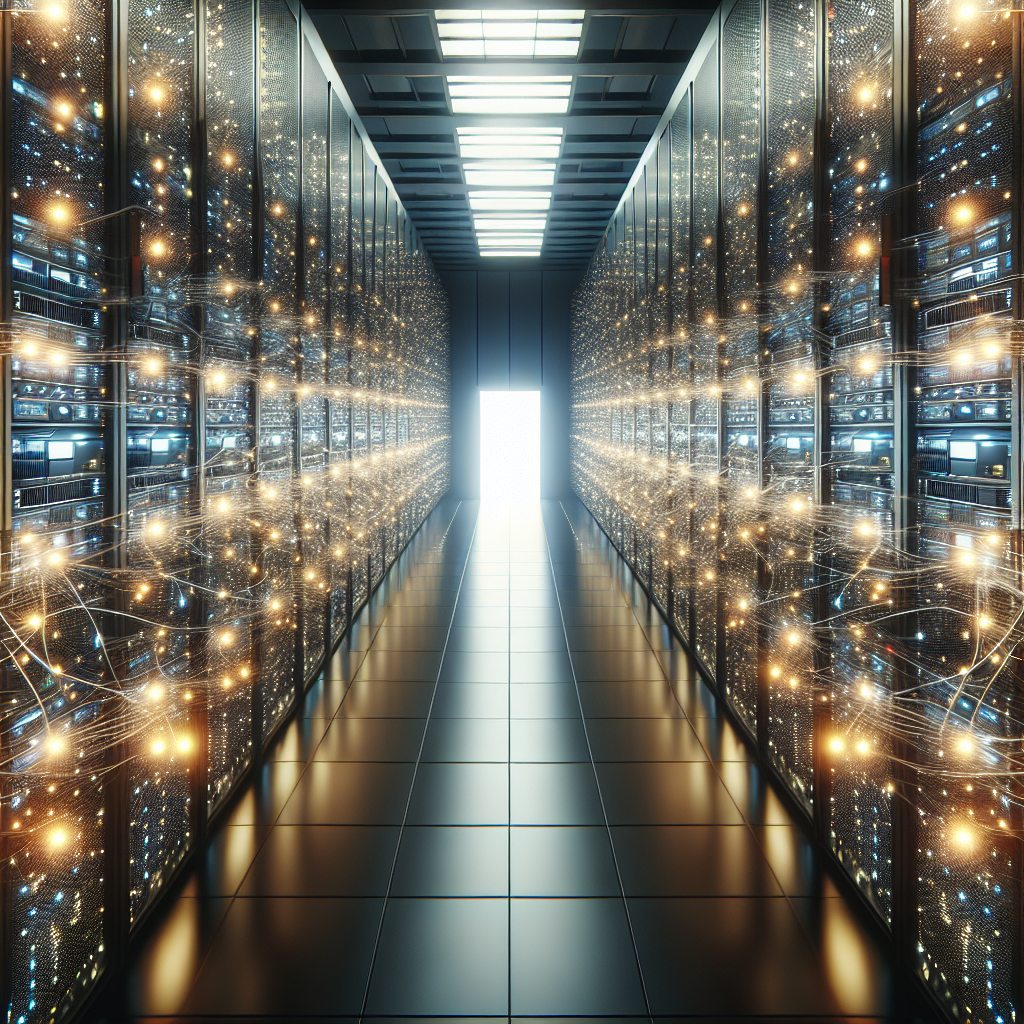
Scalability and Flexibility: How Data Center Servers Adapt to Growing Demands
In today’s fast-paced digital world, businesses are constantly faced with the challenge of adapting to growing demands while maintaining high levels of performance and efficiency. One of the key components in meeting these demands is the scalability and flexibility of data center servers.Scalability refers to the ability of a system to handle an increasing amount of work or its potential to be enlarged to accommodate growth. In the context of data center servers, scalability is crucial as businesses continue to generate more data and require more processing power to handle complex tasks. By having scalable servers, businesses can easily add more resources such as memory, storage, and processing power to meet the growing demands of their operations.
Flexibility, on the other hand, refers to the ability of a system to adapt and respond to changing requirements quickly and efficiently. In the data center environment, flexibility is essential as businesses need to be able to adjust their server configurations to meet different workloads and performance requirements. This could involve reconfiguring server resources, adding or removing components, or even migrating workloads to different servers.
There are several ways in which data center servers can achieve scalability and flexibility. One common approach is through virtualization, which allows multiple virtual servers to run on a single physical server. This enables businesses to easily scale their server resources up or down as needed, without having to invest in additional physical hardware.
Another key technology that enables scalability and flexibility in data center servers is containerization. Containers are lightweight, portable, and self-contained units that encapsulate an application and its dependencies. By using containers, businesses can easily deploy and scale applications across different servers, while ensuring consistent performance and resource utilization.
Additionally, cloud computing services provide businesses with a flexible and scalable infrastructure for deploying and managing data center servers. With cloud services, businesses can easily scale their server resources up or down based on demand, without having to worry about the underlying hardware infrastructure.
In conclusion, scalability and flexibility are crucial aspects of data center servers that enable businesses to adapt to growing demands and changing requirements. By investing in scalable and flexible server solutions, businesses can ensure they have the resources and capabilities to meet the challenges of today’s digital landscape.
Overall, the ability of data center servers to adapt and scale in response to growing demands is essential for businesses to stay competitive and meet the needs of their customers. By implementing scalable and flexible server solutions, businesses can ensure they have the agility and performance to thrive in today’s fast-paced digital world.
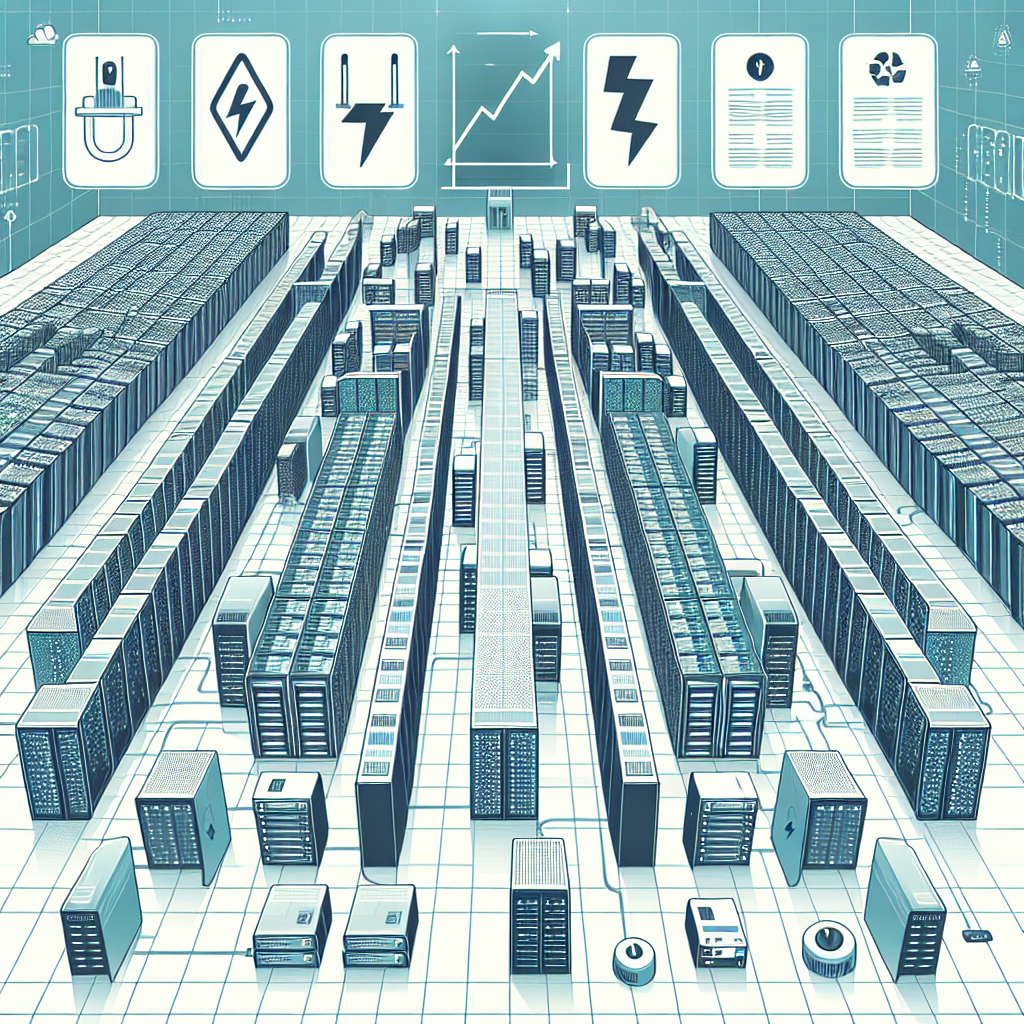
Scalable Solutions for Growing Data Center Electrical Demands
As the digital age continues to progress, the demand for data centers is increasing at an unprecedented rate. With the rise of cloud computing, big data, and the Internet of Things, data centers are facing growing electrical demands that require scalable solutions to ensure they can keep up with the ever-increasing workload.One of the main challenges facing data centers is the need for more power to support the increasing number of servers, storage devices, and networking equipment. This has led to a significant strain on electrical infrastructure, as traditional methods of power distribution may not be able to handle the load.
To address this issue, data centers are turning to scalable solutions that can grow with their electrical demands. One such solution is modular power distribution systems, which allow data centers to add or remove power capacity as needed. These systems are designed to be easily expandable, making it simple for data centers to scale up their electrical infrastructure as their needs grow.
Another scalable solution for growing data center electrical demands is the use of high-efficiency power distribution units (PDUs). These devices are designed to optimize power usage, reduce energy waste, and improve overall efficiency. By using high-efficiency PDUs, data centers can maximize their power capacity without having to overhaul their existing electrical infrastructure.
In addition to modular power distribution systems and high-efficiency PDUs, data centers can also benefit from the use of intelligent power management software. This software allows data center managers to monitor and control power usage in real-time, enabling them to optimize energy consumption and prevent downtime due to power outages.
Overall, scalable solutions for growing data center electrical demands are essential for ensuring that data centers can keep up with the increasing workload of the digital age. By implementing modular power distribution systems, high-efficiency PDUs, and intelligent power management software, data centers can effectively manage their electrical infrastructure and support their growing power needs.

